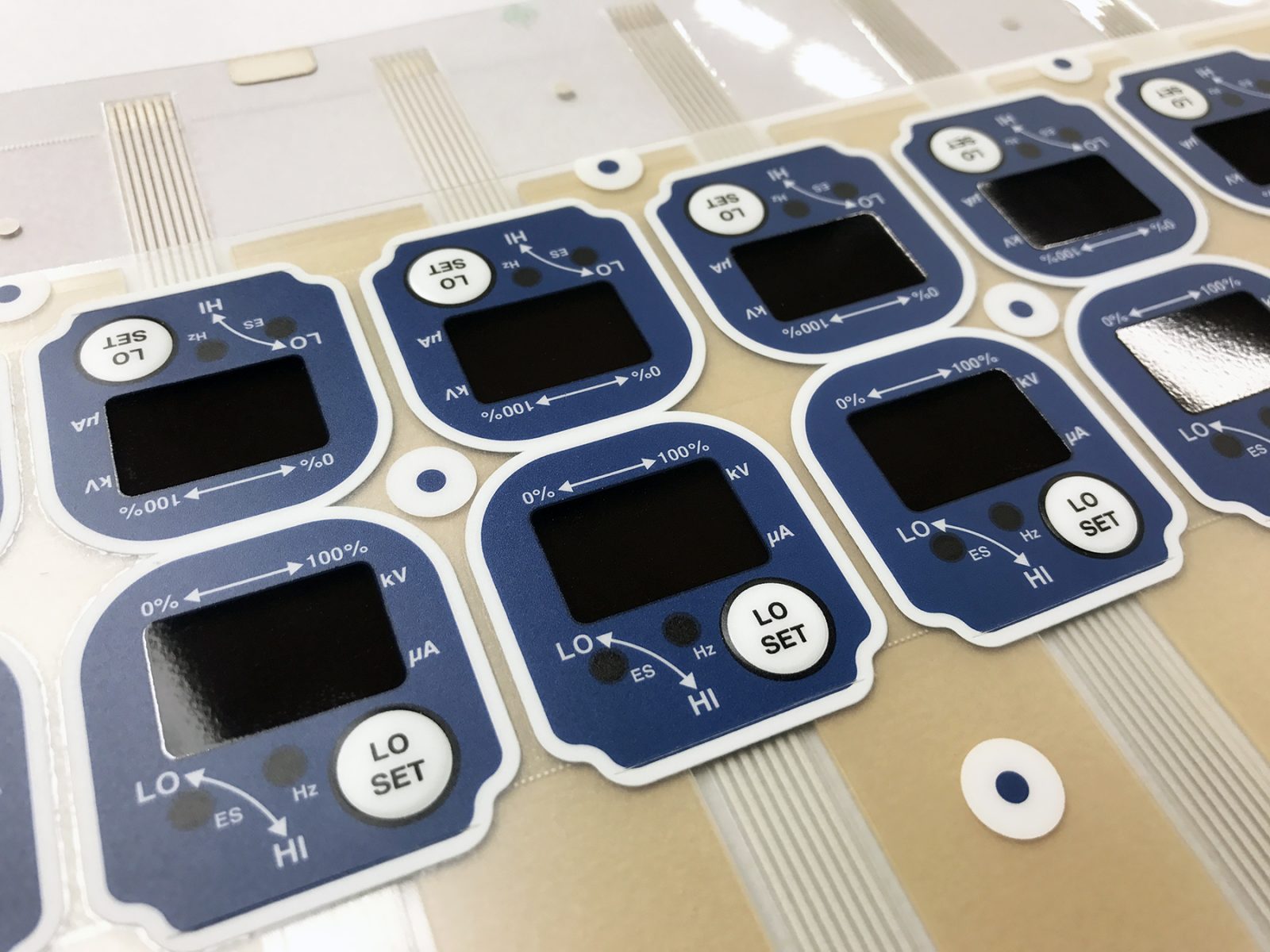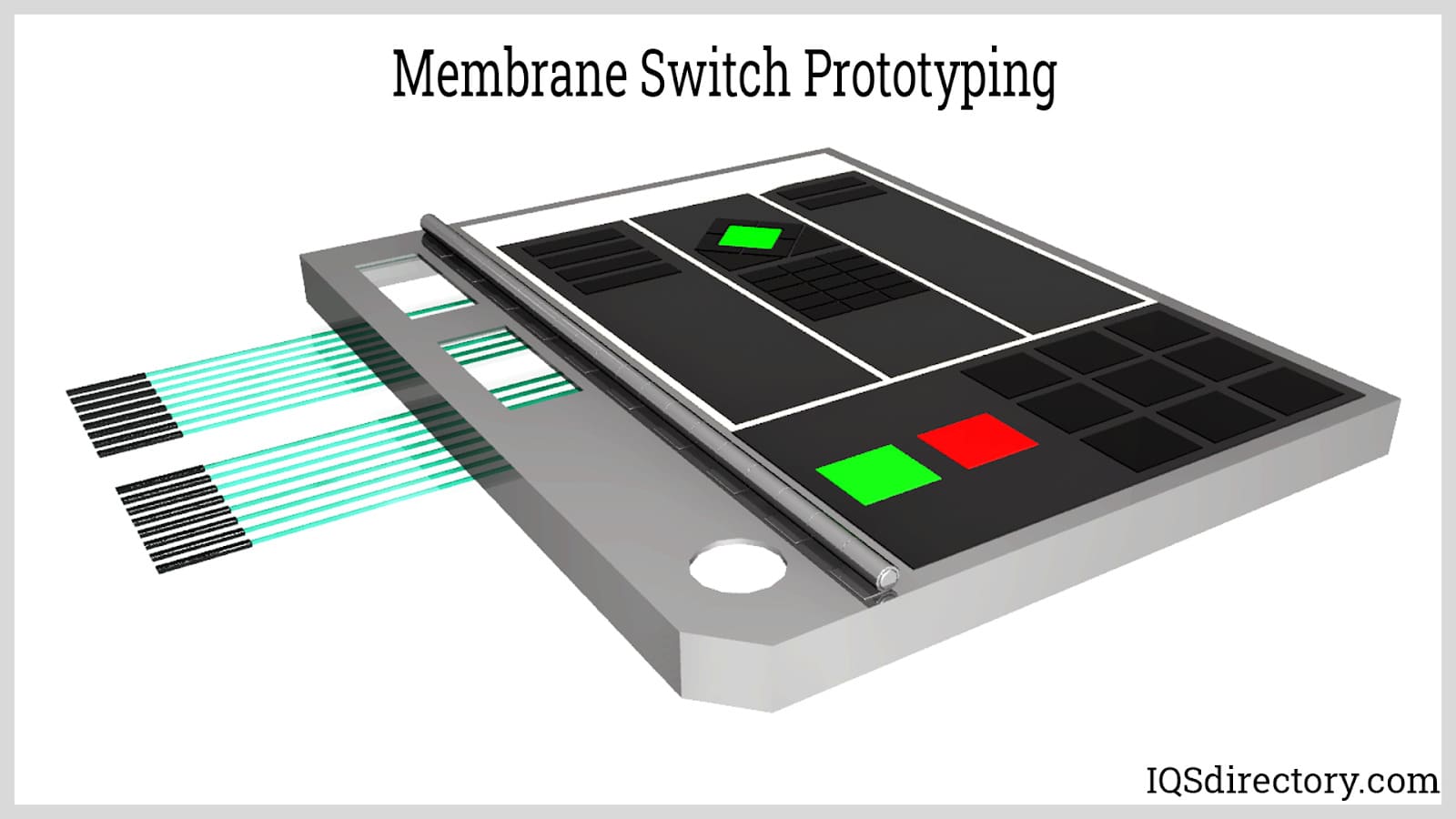Projects requiring accuracy should always involve a experienced membrane switch manufacturer from the start.
Projects requiring accuracy should always involve a experienced membrane switch manufacturer from the start.
Blog Article
All Regarding Membrane Switch: Understanding Its Design and Functionality
When you think of the control interfaces in contemporary devices, membrane buttons frequently enter your mind. These components are extra than just switches; they blend style and capability seamlessly. Understanding how they function and what makes them effective can change your viewpoint on daily electronics. There are nuances to their layout and efficiency that you might not be conscious of. Let's explore what sets membrane changes in addition to various other control systems.
What Are Membrane Buttons?

Membrane switches can also be tailored regarding form, size, and graphics, allowing manufacturers to develop distinct user interfaces tailored to certain items. In general, membrane switches play a significant role in improving individual experience across a vast variety of applications.
How Membrane Changes Work
When you press a secret on a membrane layer switch, it triggers an uncomplicated yet effective device. membrane switch manufacturer. The top layer, usually made of versatile product, pushes down onto a conductive layer underneath it.
You'll discover that the tactile feedback varies based on the button design, offering either a soft click or a more obvious response. Once you launch the trick, the membrane layer go back to its original position, resuming the circuit and quiting the signal. This process takes place practically instantaneously, making sure a receptive user experience.
Membrane buttons are preferred because of their longevity and resistance to dirt and dampness, making them ideal for various applications, from household devices to clinical gadgets. Understanding this procedure assists you appreciate their widespread use.
Key Parts of Membrane Buttons
Recognizing the crucial components of membrane layer switches is essential for realizing their performance and layout. At the core, you'll discover the graphic overlay, which offers the aesthetic user interface for individuals. Under that, there's a spacer layer that divides the circuit layers, making sure that they don't make get in touch with till pressed. The circuit layer is where the magic takes place; it contains conductive traces that finish the circuit when you press the switch. Another vital element is the glue backing, allowing the button to adhere to surfaces securely. The protective layer shields versus ecological elements and put on, expanding the button's lifespan. Each part plays a substantial duty in ensuring reliable performance and individual interaction. By understanding these components, you'll acquire insight right into exactly how membrane switches over operate and their importance in different applications.
Products Made Use Of in Membrane Change Layout
The performance and resilience of membrane layer changes heavily rely on the products utilized in their style. You generally come across polyester and polycarbonate as primary substrates because of their superb strength and versatility. These products resist scratches and chemicals, making them excellent for demanding settings.
The conductive layers often utilize silver or carbon, chosen for their reliability and conductivity. membrane switch manufacturer. Silver provides premium efficiency, while carbon is an economical option. For the overlay, you might consider a matte or shiny coating, depending upon your aesthetic demands and customer experience
Adhesives play an essential duty too; they bond layers safely and assure long life. Make sure to pick adhesives that withstand ecological elements like temperature level and humidity. Don't forget the value of an excellent printing strategy for graphics, as it enhances both functionality and aesthetic appeal. Selecting the appropriate products will certainly assure your membrane layer button stands the test of time.
Style Factors To Consider for Membrane Layer Buttons
While making membrane layer buttons, it's crucial to take right into account numerous aspects that influence their performance and customer experience. Start by concentrating on the design and button size; make particular they're instinctive and very easy to browse.
Do not forget the visuals design; clear labeling and color comparison are substantial for visibility. Verify your design suits environmental factors, like wetness or temperature level variations, which can affect performance. Bear in mind the significance of testing prototypes with actual customers to collect responses and make required modifications. This iterative procedure aids you refine the design, confirming it meets both practical and aesthetic needs properly. By thoroughly considering these aspects, you'll develop a membrane layer button that improves usability and complete satisfaction.
Applications of Membrane Switches
Membrane buttons are flexible elements located in numerous applications, from industrial tools to customer electronics. You'll see their effect in equipments that need long lasting user interfaces and in gadgets that benefit from smooth layouts. Recognizing Go Here these applications aids you value the performance and practicality of membrane layer switches in everyday modern technology.
Industrial Devices Usage
When you're looking to improve the capability of commercial tools, membrane switches supply a reliable solution that incorporates sturdiness with easy to use design. These switches are ideal for rough settings, providing resistance to dirt, wetness, and chemicals. Welcome membrane layer switches to simplify your procedures and boost general performance.
Customer Electronic Devices Integration
In the domain name of customer electronic devices, membrane layer buttons moved here play an essential role in improving individual communication and gadget functionality. You'll locate them in tools like microwaves, push-button controls, and gaming consoles, giving a seamless way to communicate with technology. Their streamlined design enables for very easy integration into different products, making controls user-friendly and straightforward. With their capacity to include graphics and backlighting, you can take pleasure in a modern-day visual that enhances the tool's general appearance. Membrane buttons likewise ensure longevity and resistance to dust and dampness, expanding the life-span of your electronics. By selecting membrane switches, you boost not simply the capability yet additionally the style of your devices, making day-to-day interactions smooth and pleasurable.
Advantages and Disadvantages of Membrane Layer Switches
While membrane switches use a range of advantages, they additionally come with some downsides that you need to think about. One substantial advantage is their compact layout, making them ideal for space-constrained applications.

Membrane switches can have a much shorter life-span contrasted to mechanical buttons, specifically under hefty use. They can also be less tactile, which might influence individual comments during procedure. Stabilizing these pros and disadvantages will assist you determine if membrane switches are the best fit for your job.
Frequently Asked Questions
How Much Time Do Membrane Switches Over Generally Last?
Membrane layer changes usually last in between 5 to one decade, relying on usage and ecological conditions. You'll intend to evaluate variables like wear, direct exposure to moisture, and temperature level changes to assess their longevity effectively.
Can Membrane Layer Switches Over Be Custom-made for Particular Layouts?
Yes, you can customize membrane buttons to fit specific designs (membrane switch manufacturer). You'll have the liberty to select shades, forms, and designs that match your job's needs, ensuring they mix seamlessly with your general aesthetic
What Is the Expense Array for Membrane Switch Over Manufacturing?
The cost array for membrane layer switch manufacturing generally drops between $1 and $10 each, relying on factors like style complexity, amount, and products. You can obtain quotes from producers to locate the most effective choice.

Are Membrane Layer Switches Waterproof or Resistant?
Membrane layer buttons can be developed to be water-proof or immune, depending on materials used and building methods. If you require them for damp environments, assure you specify websites those requirements during the style process.
Just How Do Membrane Layer Switches Contrast to Conventional Buttons?
Membrane layer switches are typically thinner and extra flexible than standard switches, supplying a smooth layout. They're commonly less complicated to clean and incorporate, yet might not offer the tactile responses you're used to with mechanical choices.
Conclusion

Report this page